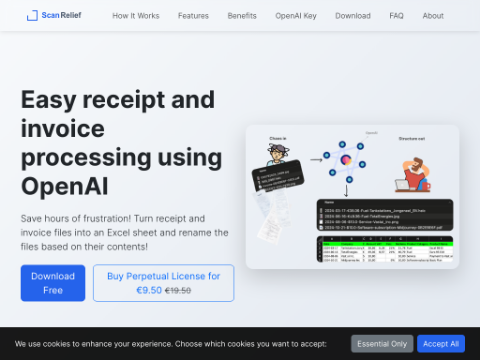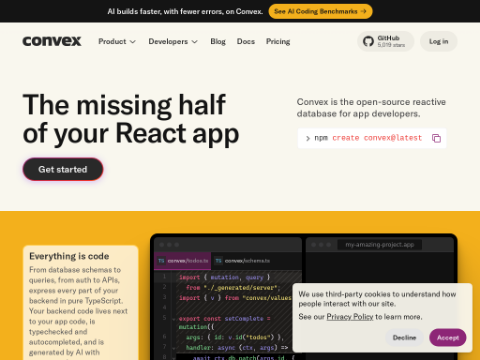The Moonlight hybrid expert (MoE) model, developed by the Kimi team leveraging Moonshot AI technology, comes in two versions: one with 3 billion parameters and another with 160 billion parameters. Notably, the Moonlight-16B-A3B version has garnered significant attention for its superior performance and efficient computational efficiency.
Training on the foundation of Muon technology, the Moonlight-16B-A3B model utilized a massive dataset comprising 5.7 trillion tokens. This extensive dataset enabled the model to learn more language features and patterns during training, thereby enhancing its language understanding and generation capabilities. Additionally, the model was trained using an optimized Muon optimizer, which boasts nearly double the computational efficiency compared to traditional AdamW optimizers. This improvement not only accelerates the training process but also enhances stability and efficiency in large-scale training.
In terms of performance, the Moonlight-16B-A3B model excelled in multiple benchmark tests, including English language understanding (MMLU) and code generation (HumanEval), outperforming other similar models. These achievements are attributed to the model's effective utilization of large-scale datasets and optimized training algorithms during the training phase.
Furthermore, the Moonlight-16B-A3B model employs a low activation parameter design, with a total of 160 billion parameters but only 30 billion active parameters. This design ensures high performance while significantly reducing computational resource demands, making the model more efficient and cost-effective in practical applications.
Additionally, during training, the model incorporated techniques such as weight decay to further optimize the performance of the Muon optimizer. These enhancements allow the model to achieve large-scale training without requiring hyperparameter tuning, thus increasing the convenience and efficiency of the training process.
In summary, the Moonlight-16B-A3B model, with its efficient language understanding and generation capabilities, extensive data training, optimized training algorithms, enhanced training efficiency, and reduced computational costs, offers new choices and references for research and applications in the field of natural language processing.








